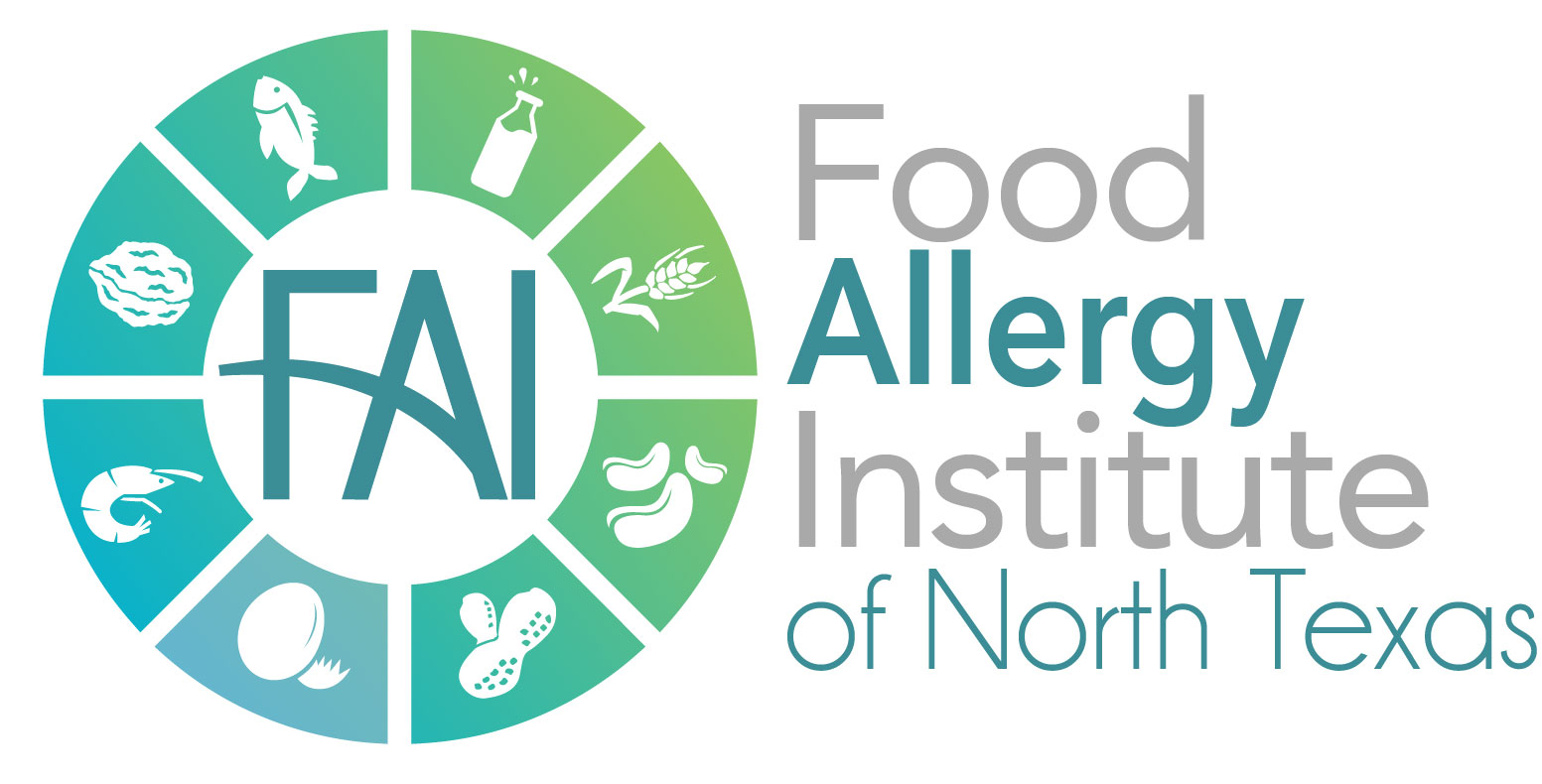10 Nov Classroom Safety for the Allergic Child
There are many potential dangers for the allergic child in any classroom.
- If at all possible, keep all foods outside of the classroom. If not, designate a space spot for the allergic child to eat and be sure to clean off all surfaces after meals and snacks.
- Restrict the allergen from the room if this is possible. Many schools will create nut-free rooms or zones. Allergies such as milk or wheat may be more of a challenge to eliminate, however.
- Create safe ways to celebrate birthdays and celebrations. If allergies are an issue in your classroom, consider non-food rewards. Toys and homework passes are easy, fun and safe ways to celebrate.
- If there are communal snacks or food for sharing, ensure that everyone is aware of allergies and precautions are considered.
- There are many allergens lurking in arts and crafts projects. For example, many crayons contain soy, chalk could have milk proteins, bird feeders often have nuts or seeds, and Play-Doh contains wheat. Learn more about the students and potential allergens that are common in classroom settings.
- If there are pets in the classroom, inquire about pet allergies. Typically, pets with furs or feathers such as: hamsters, cats, and birds can be problematic. In addition, read pet food labels. Many of these foods contain nuts and eggs.
- Avoid using reused food containers. An empty egg or milk carton could still pose a risk to an allergic child.
- Is there a designated spot for snacks and meals in the classroom? Is there potential for cross-contamination? Be sure to keep an allergic child’s food separate from others.
- Ensure proper hand washing/table washing after eating.
- Be sure to never let an allergic child share a musical instrument with others or anything else where saliva has the potential to be shared.


